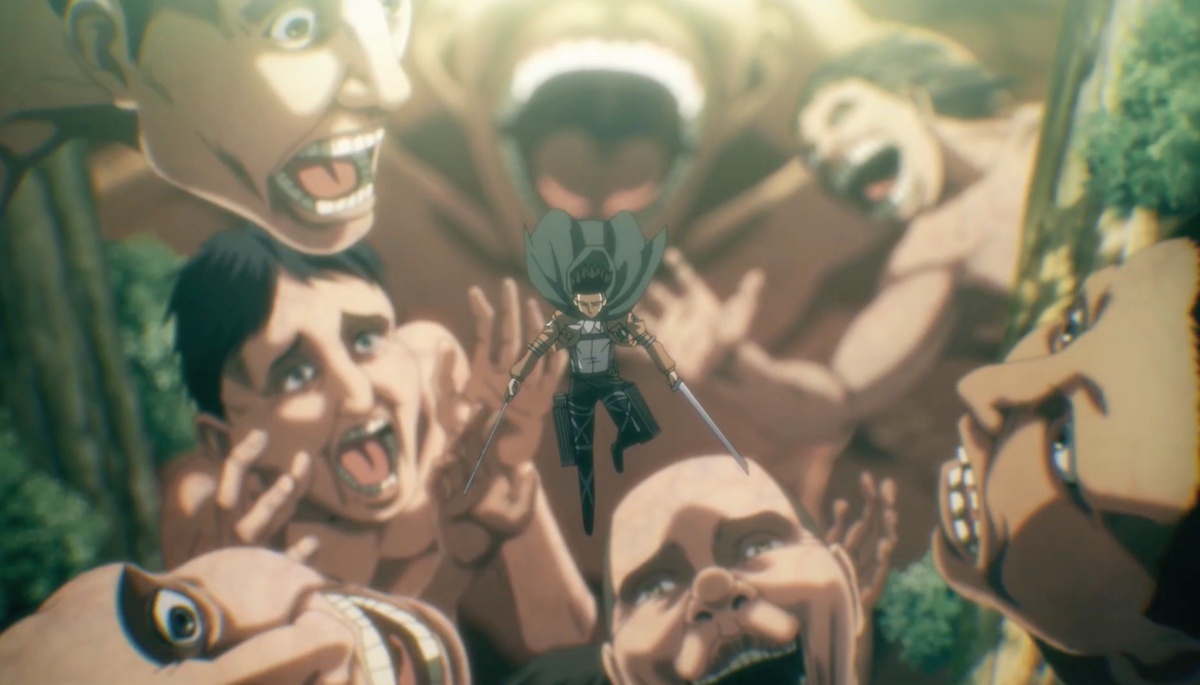Table of Contents Show
Attack on Titan (2013-2023) (( “Attack on Titan.” Wikipedia: The Free Encyclopedia.org, 2023. Accessed 6 April 2023 )) is a manga series written and illustrated by Hajime Isayama (Shingeki no Kyojin) that depicts a society oppressed by Titans; the inhabitants of this area are confined within walls like cattle for the purpose of protecting themselves.
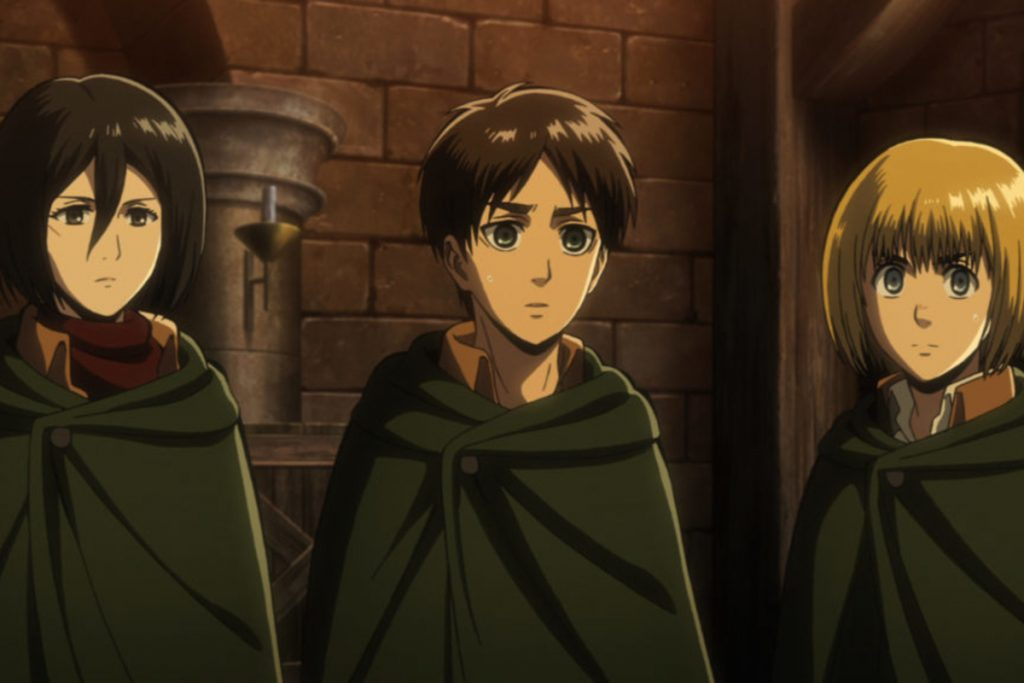
However, even within these walls, the characters are not truly free, and the government of their country and the fear of Titans bind them.
“Eren, I’m asking you one more question you’re not going to like. What about you is free? And you can answer me once we drag you out of there.”
(( “Attack on Titan Quotes.” TVTropes.org, 2022. Accessed 6 April 2023 ))
A Symbol Of Fear, Retaliation, & Humanity’s Struggle For Freedom: “The Rumbling”
Fear is a recurring theme in Attack on Titan, as the characters confront various forms of terror, including Titans, corrupt governments, and existential threats. The Rumbling embodies fear in its purest form, as it is a weapon of mass destruction capable of annihilating all life outside of Paradis Island. This fear is not only felt by the people in the world of Attack on Titan but also serves as a commentary on the fear that plagues our own reality.
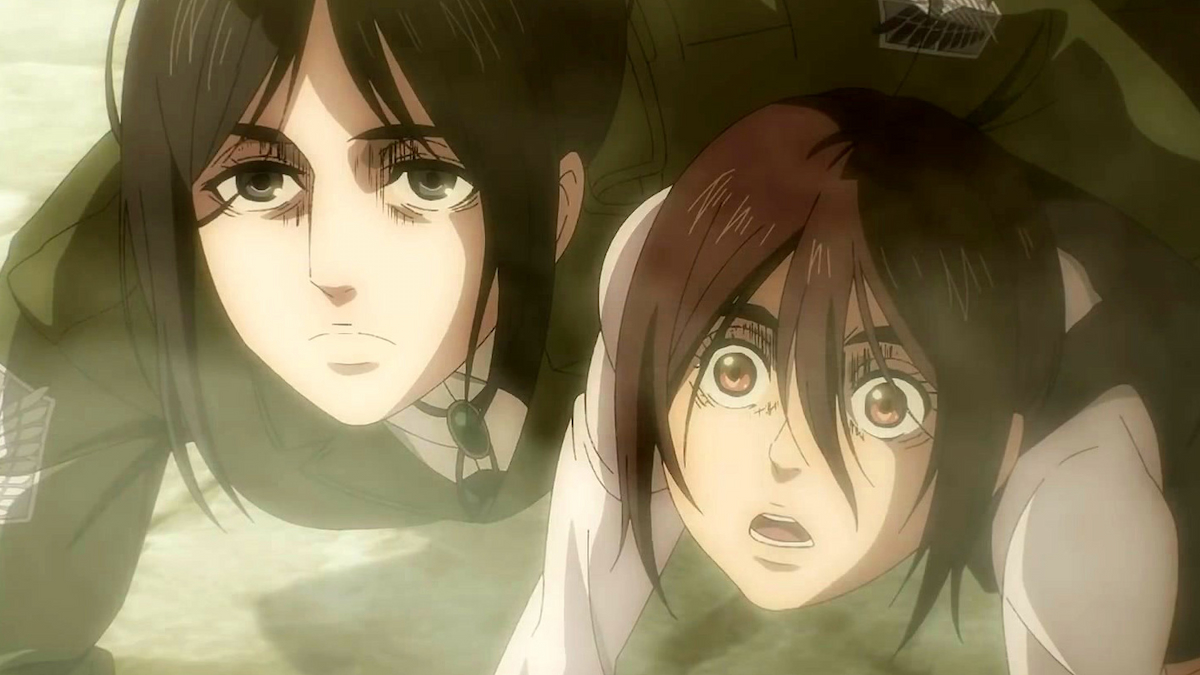
The Rumbling (( “The Rumbling: Attack on Titan Wiki.” Fandom.com, 2023. Accessed 6 April 2023 )), a devastating event in the world of Attack on Titan, is the release of millions of Colossal Titans from within the walls of Paradis Island. These Titans, under the control of the Founding Titan, have the power to destroy the world.
In a prior interview with the creator of the series, Isayama, prior to the airing of “The Final Chapter’s Special” episode, shared an insightful snippet about the meaning behind the Rumbling:
I want the people who are watching the anime to feel ‘elated’ by putting themselves in Eren’s shoes, and then when they see the Rumbling scene, I want them to regret that excitement that they just felt when they see how horrific it is.
(( Waldrop, Cameron. “Attack on Titan’s Creator Wants Fans to “Regret the Excitement” They Felt for the Rumbling.” Twinfinite.net, 2023. Accessed 6 April 2023 ))
According to Isayama, The Rumbling represents retribution against those who oppress the Paradis Island people. The Marleyan government and other nations have systematically abused, dehumanized, and targeted the Eldians for their ability to transform into Titans. The Rumbling can be viewed as the ultimate act of defiance and revenge against oppressors; a reminder of what it costs to subjugate and persecute an entire people.

Additionally, The Rumbling symbolizes Attack on Titan‘s struggle for freedom; the characters, especially the protagonist, Eren Yeager, fight for their right to live free from fear and oppression. As part of the third season, Eren confronts his father’s past as well as the reasons behind the events within the walls. It is possible to view the Rumbling, in all its destructive power, as a desperate attempt to secure freedom for the residents of Paradis Island.
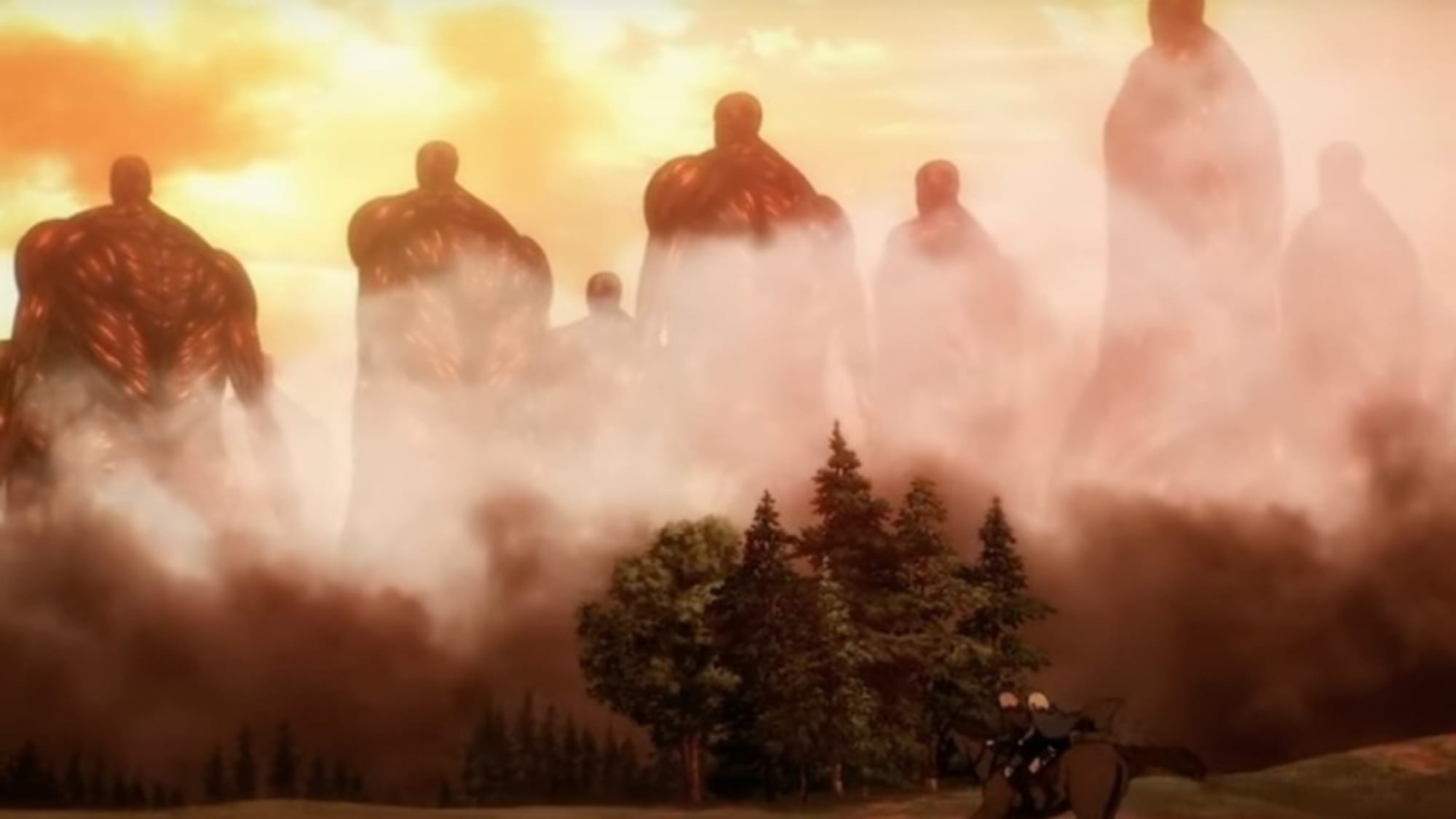
The Rumbling is understood as a retaliatory measure against a world that turns against Paradis Island and is hell-bent on destroying it; it ultimately proves that indiscriminate violence against the “enemy” can lead to even more oppression and bloodshed in the fight for freedom. Attack on Titan emphasizes that freedom is a constant struggle, and it is paved with difficult choices and unpredictable consequences. In spite of this, true freedom cannot be attained at the expense of the lives and rights of others.
A Mirror Of Human History?
It may be argued that the Rumbling is a reflection of real-world events, particularly those involving the use of weapons of mass destruction. During World War II, the bombings of Hiroshima and Nagasaki and the threat of nuclear warfare in the modern era are examples of this.
“The release of atomic power has changed everything except our way of thinking… the solution to this problem lies in the heart of mankind. If only I had known, I should have become a watchmaker.”
(( “Albert Einstein.” AtomicTrauma.com, 2022. Accessed 6 April 2023 ))
The Bombings Of Hiroshima & Nagasaki
The bombings of Hiroshima and Nagasaki (( History.com editors. “Bombing of Hiroshima and Nagasaki.” History.com, 2022. Accessed 6 April 2023 )), carried out by the United States in 1945, resulted in the deaths of over one hundred thousand people and significant long-term suffering for survivors.
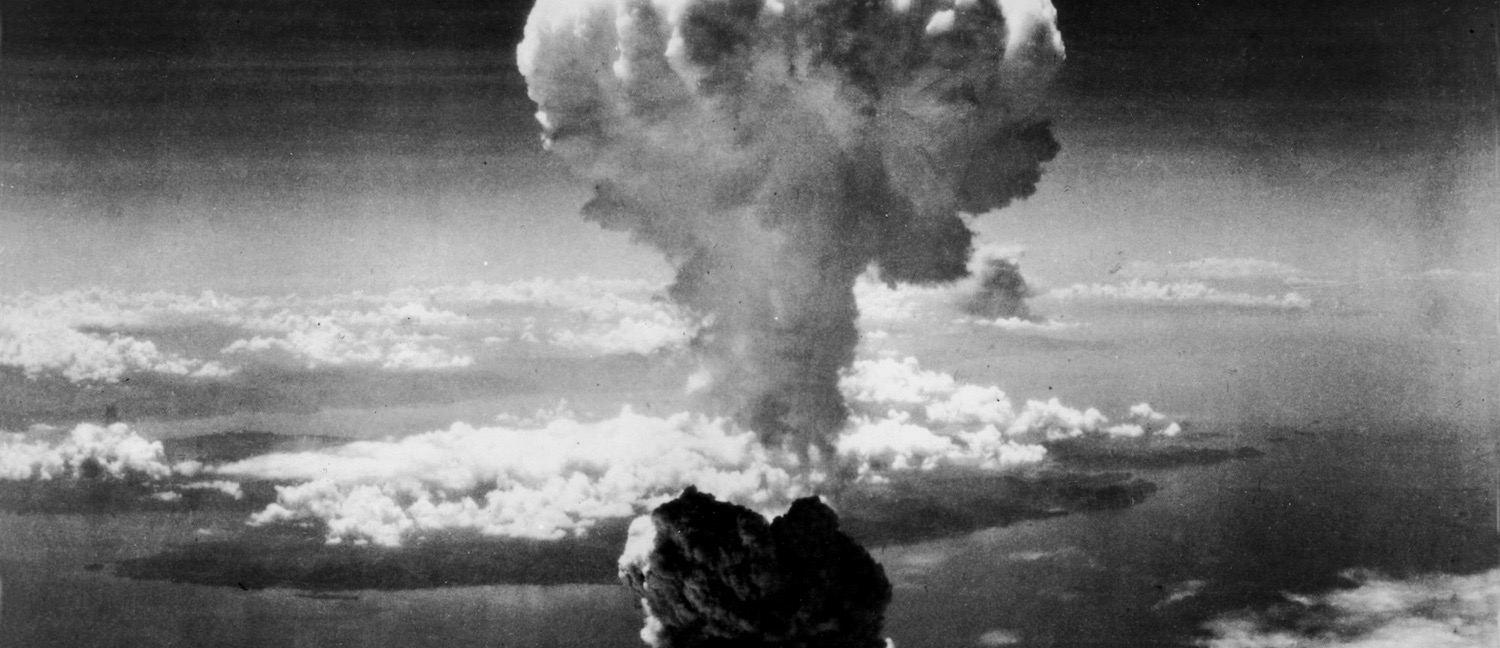
The bombings ultimately lead to Japan’s surrender and the end of World War II. Both of these events, like the Rumbling, were demonstrations of destructive power intended to end a conflict and establish dominance, as were the Hiroshima and Nagasaki bombings.
“Nuclear Warfare“
The Rumbling is also reminiscent of the threat of nuclear warfare (( “Risk of Nuclear Weapons Use Higher Than at Any Time Since Cold War, Disarmament Affairs Chief Warns Security Council.” UN.org, 2023. Accessed 6 April 2023 )) in the modern era. In recent years, tensions between countries with nuclear capabilities have increased, leading to a heightened risk of conflict. Similar to The Rumbling, the potential for nuclear warfare reminds us of the consequences of wielding such power and the need for diplomacy and cooperation in addressing global threats.
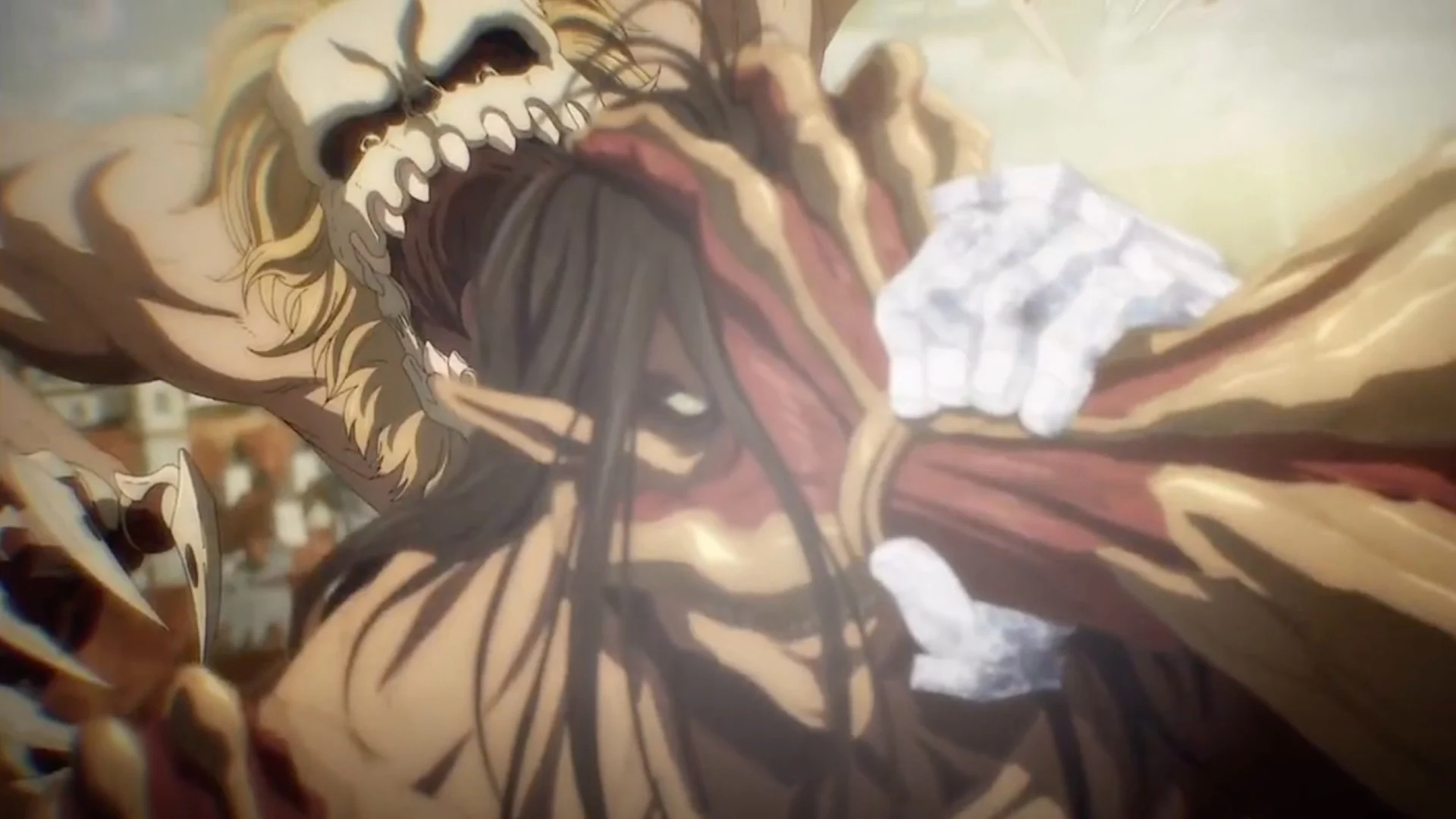
The proliferation of nuclear weapons has created a constant fear of mutually assured destruction. Just as The Rumbling holds the power to wipe out humanity in the world of Attack on Titan, the threat of nuclear war looms over our own world. Therefore, The Rumbling serves as a cautionary tale about the dangers of pursuing and wielding such powerful weapons.
Perpetuating The Cycle Of Oppression & Violence
The actions Eren took during The Rumbling effectively transformed him into an oppressor, even worse than the Titans he so eagerly sought to eliminate; Eren becomes the very thing he sought to destroy by wielding the Titan’s power in a way that causes mass destruction.
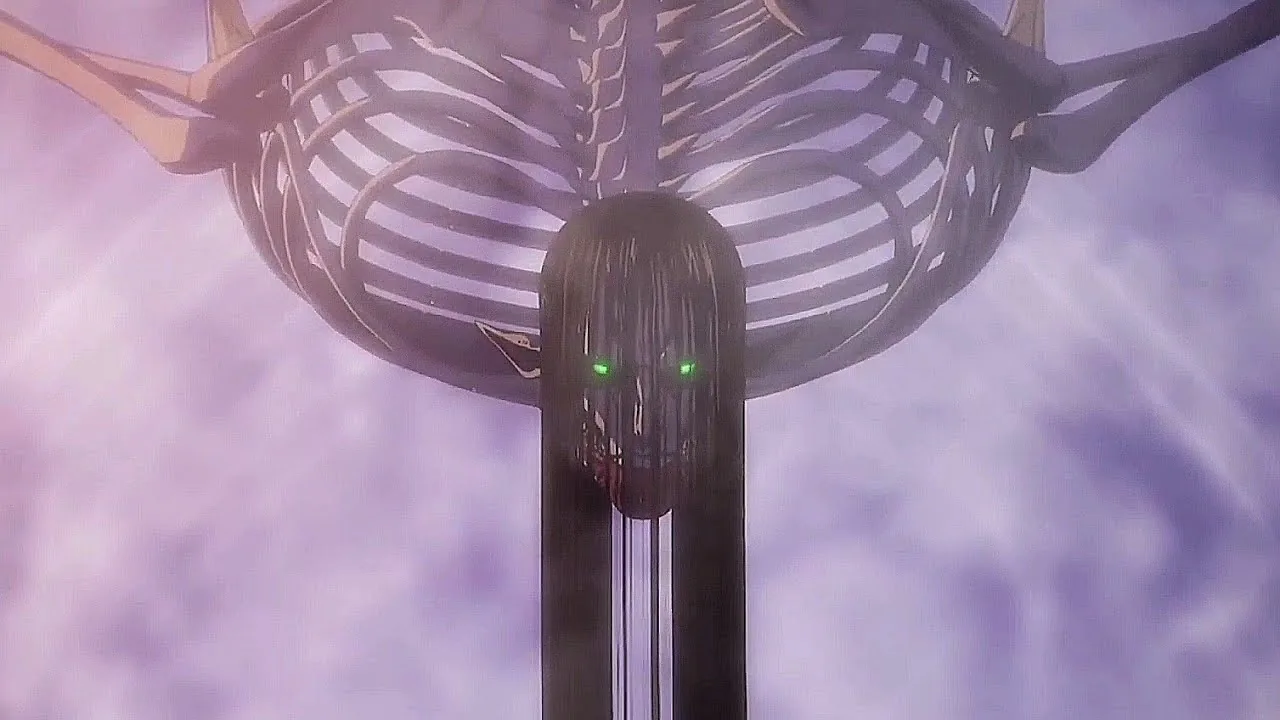
Even though The Rumbling was intended to protect the people of Paradis Island, it rather condemns millions of innocent lives and wipes out the majority of humanity, perpetuating a cycle of violence and oppression rather than ending it. This notion of perpetuating oppression echoes the beliefs of characters like Commander Pyxis and Erwin Smith, who acknowledged that eliminating enemies and making the world a smaller place would never eliminate enemies entirely.
As we continue to examine Attack on Titan and The Rumbling, we find that the human characters are often their own worst enemies, as they struggle with internal conflict, political intrigue, and moral repercussions of their actions. Due to this reality, the series title, “Attack on Titan,” is an oxymoron since the Titans are not the only enemies the characters must contend with.
The Complex Ideal Of “Freedom” In Attack On Titan (2013-2023)
As the overarching theme of Attack on Titan, the concept of freedom plays an important role in motivating the characters and driving the plot. Often, the pursuit of freedom leads to further conflict and suffering in their world. Eren Yeager desires freedom for himself and the people of Paradis Island. He initially fights for this freedom against the Titans, but as the story unfolds, he begins to understand the complexities of the world beyond the walls and the limitations of his own understanding.
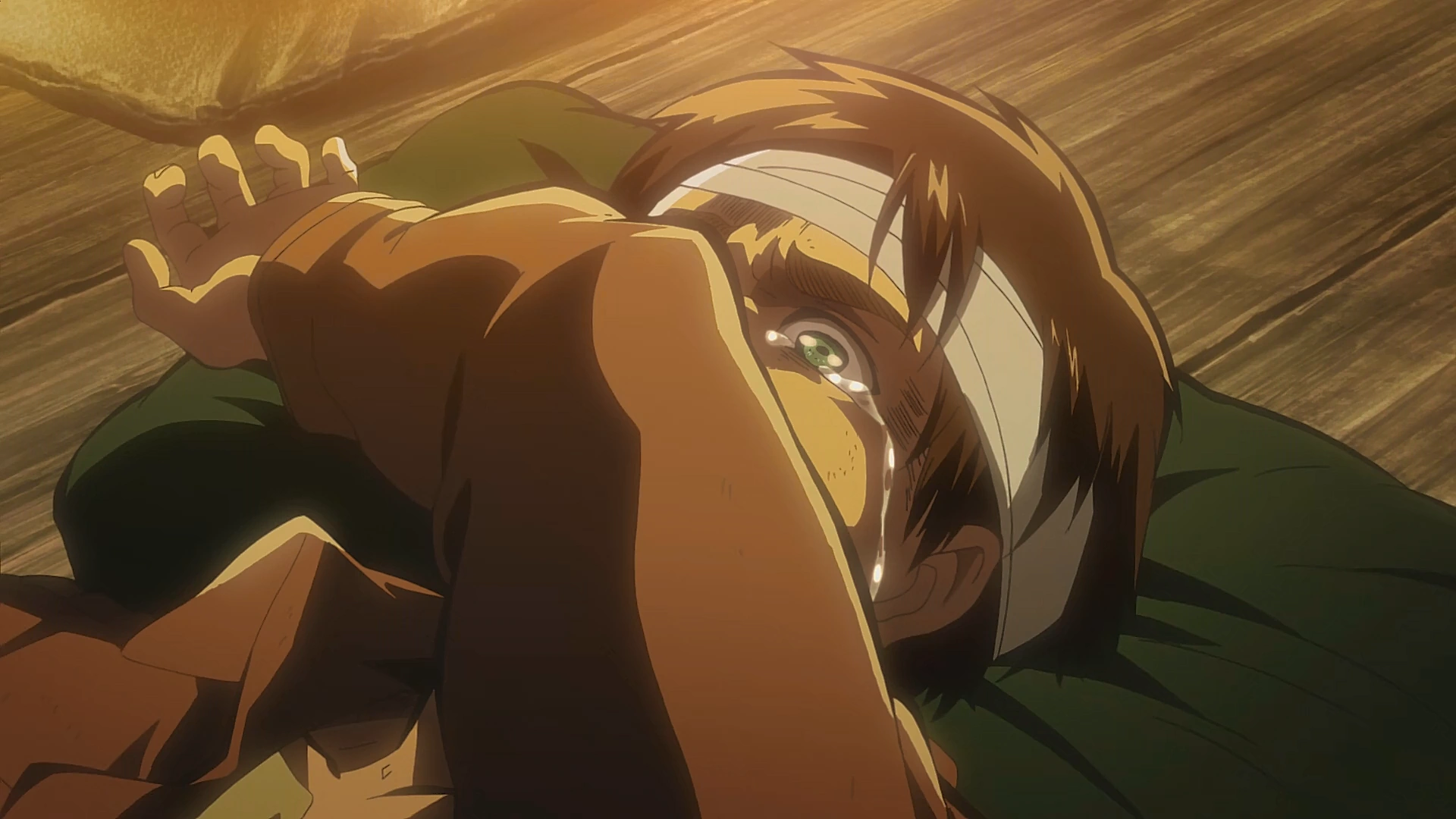
“If someone is willing to take my freedom… I won’t hesitate to take theirs.”
(( “Eren Yeager Quotes.” QuotesAnalysis.com, 2022. Accessed 6 April 2023 ))
“Freedom” From The Perspective Of The Characters In Attack On Titan (2013-2023)
There is a difference of opinion among the characters in Attack on Titan regarding what freedom means to them.
Eren Yeager
For Eren Yeager, freedom is the absence of danger and a world where he and his loved ones can live without fear. His desire to see the ocean is not about the ocean itself but about experiencing a moment of peace, devoid of the constant threat posed by the Titans.
Armin Arlert
Armin Arlert, on the other hand, showcases an opposing perspective on what freedom truly means. He never held a deep resentment towards the Titans or found the human situation humiliating. To him, freedom represents exploration, understanding, and embracing the unknown. Armin’s conception of freedom is not focused on eliminating enemies but on expanding his knowledge and experiencing the wonders of the world beyond the walls.
How “Freedom” Is Defined By Attack On Titan‘s Characters
The characters’ journey for freedom throughout the series is not a straightforward path. As they confront various obstacles, such as the Titans, corrupt governments, and the Marleyan Empire, they begin to realize that the definition of freedom is not clear-cut. What might seem like freedom for one group may mean the subjugation of another.
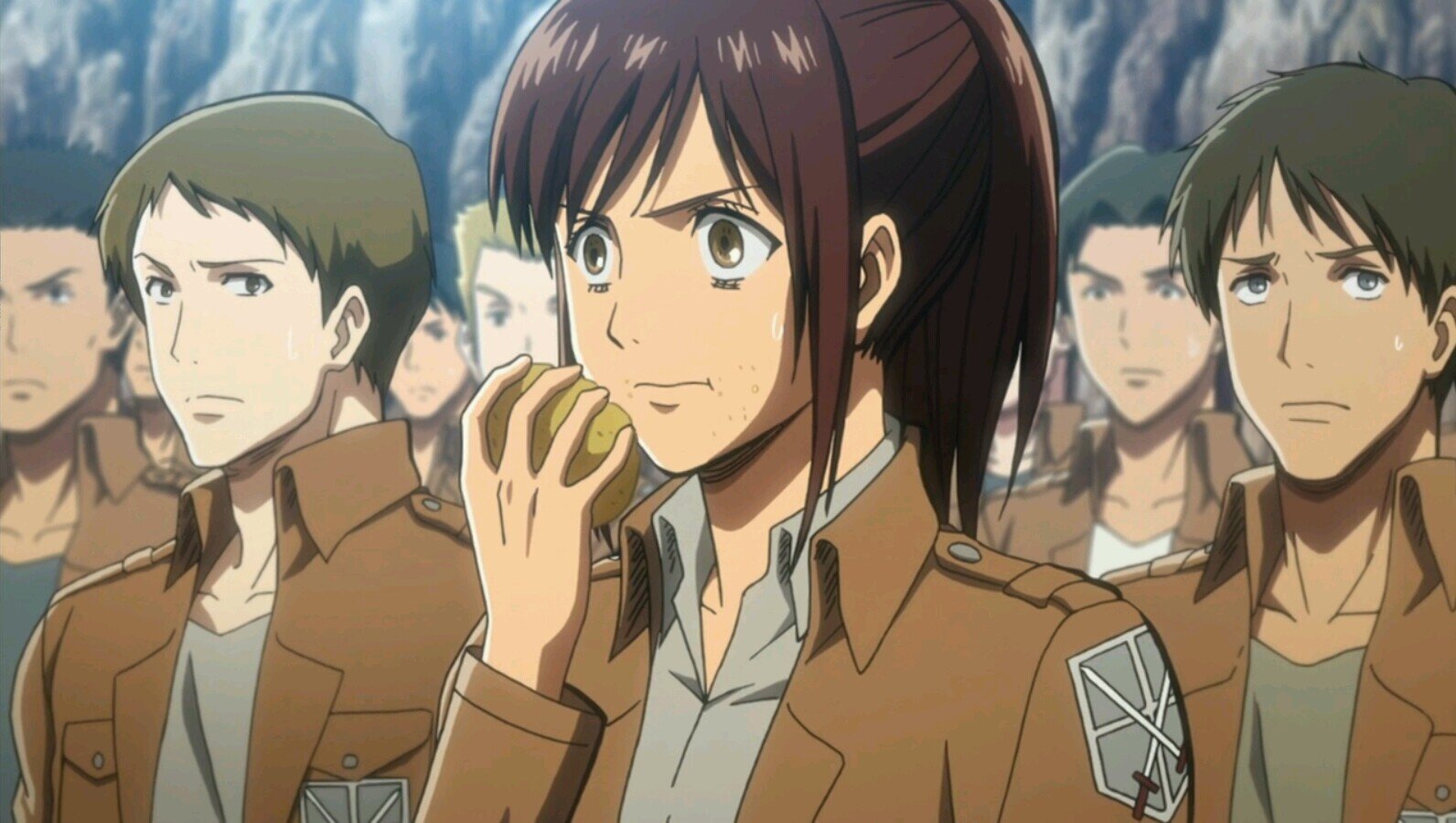
Among the most poignant examples of this is The Rumbling, once again, which may have secured freedom for the people of Paradis Island, but it has also cost countless innocent lives and perpetuated the cycle of oppression and violence. Attack on Titan‘s diverse perspectives on freedom reminds us that true freedom cannot be achieved through bloodshed and mass murder, but rather through understanding, empathy, and a willingness to work together.
“Tribalism” In Attack On Titan (2013-2023)
The world of Attack on Titan shows humanity divided into different groups, each with its own agenda and motivations; the series portrays various factions, including the Titans, the Survey Corps, the Eldians and Marleyans, and the various political groups within the walls.
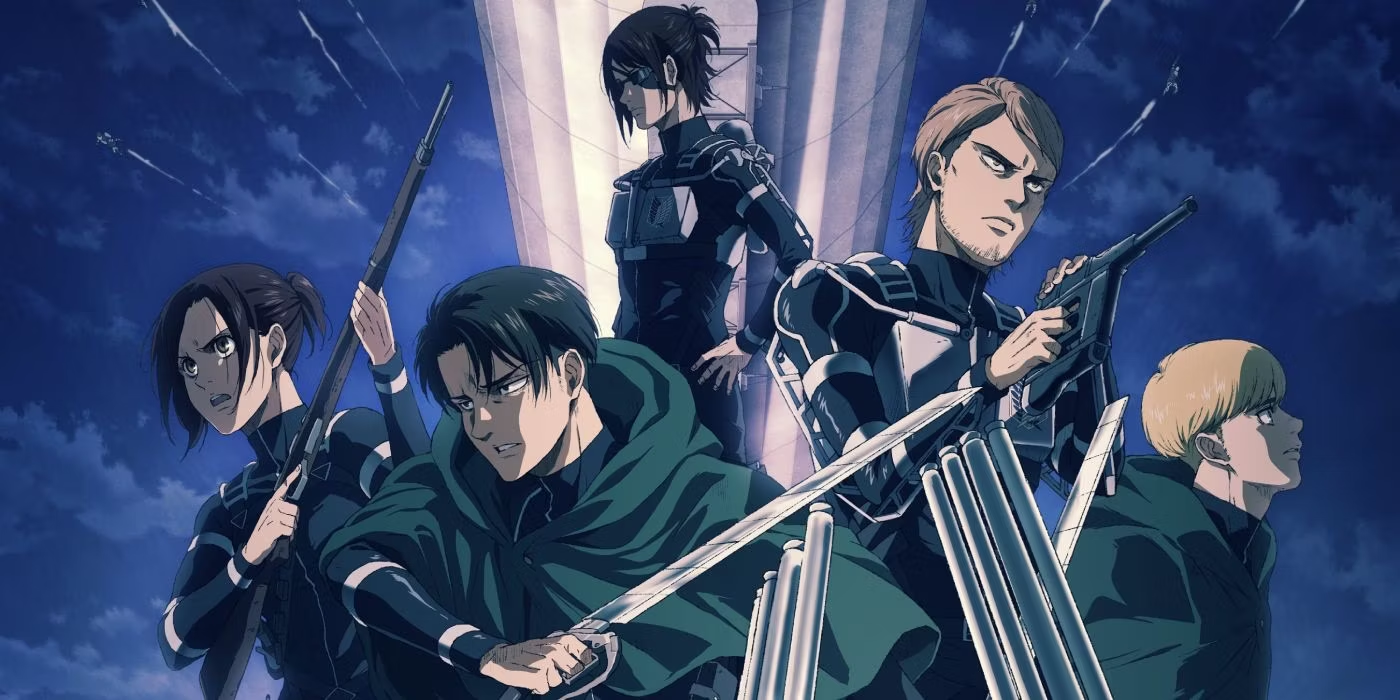
Attack on Titan illustrates the destructive consequences of intergroup warfare and conflict through these different factions, and how this can result in a cycle of violence, hatred, and ultimately self-destruction.
In this context, “Tribalism” (( “Tribalism: unpacking the science behind ‘us versus them.’” CyprusMail.com, 2021. Accessed 6 April 2023 )) refers to the tendency of humans to form social groups that differ from one another. As Titans are depicted as monstrous enemies to be defeated, the human factions within the walls form a strong tribal identity.
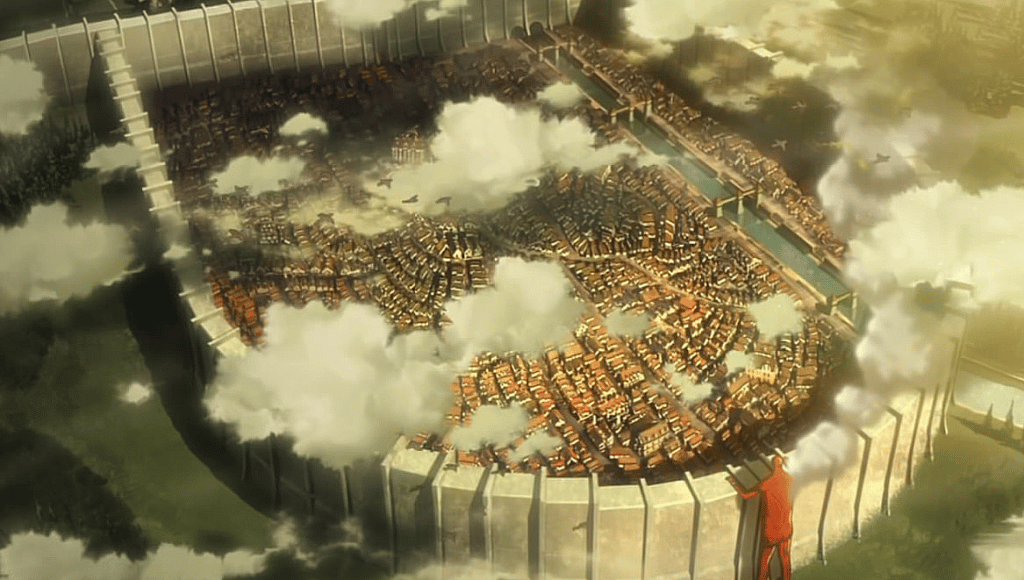
As an example, The Survey Corps sees itself as the protector of humanity, while the Military Police see themselves as the protectors of order and stability; each of the different political factions within the walls has its own agenda and motivation and is willing to use whatever means necessary to achieve their objectives. Attack on Titan encourages us to reflect on society’s power dynamics and prejudices by exploring the various factions and their motives.
The Marleyan-Eldian Conflict
In the series, the long-standing animosity between the Marleyans and the Eldians is a clear representation of tribalism. The Marleyans view the Eldians as monsters due to their capacity to transform into Titans, and they oppress and persecute them systematically.
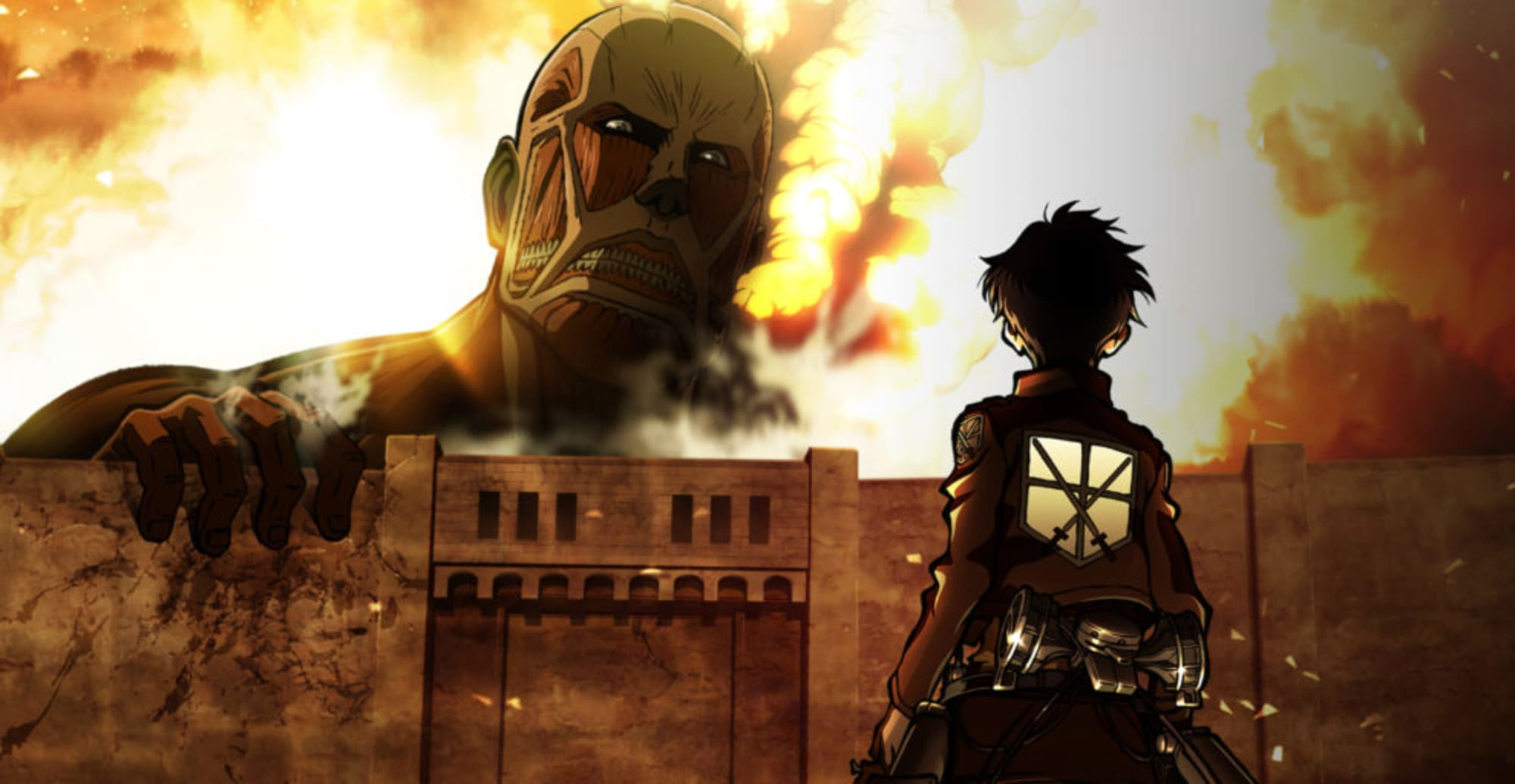
To retaliate, the Eldians on Paradis Island unleash The Rumbling, which is intended to destroy the Marleyan nation as well as other hostile countries. Prejudice has a destructive effect, as the Marleyans perceive the Eldians as monsters solely due to their ability to transform into Titans, and this blinds them to the humanity of the Eldians.
The Warriors & The Eldian Restorationists
Indoctrinated with Marleyan propaganda and trained as soldiers, the Warriors are taught to view their fellow Eldians on Paradis Island as enemies; at the same time, the Eldian Restorationists, a group dedicated to restoring the Eldian Empire, deem the Marleyans as their oppressors and enemies.
Throughout history, conflicting goals and strategies have led to further division and strife between groups, as illustrated by the War between the Warriors and the Restorationists. Again, Eren Yeager, the protagonist of Attack on Titan, provides an example of this.
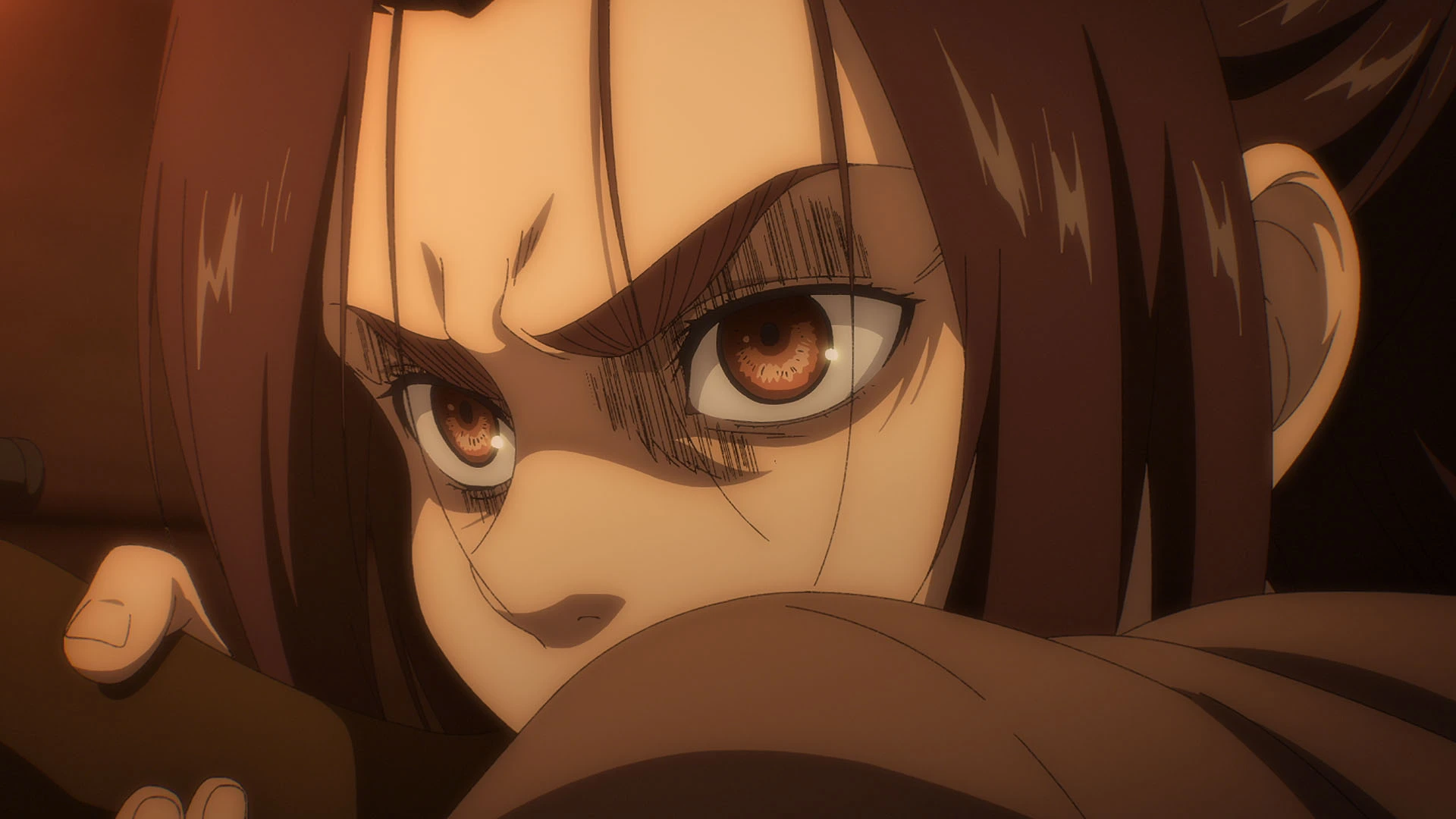
In Eren’s view, freedom is inextricably linked to his ability to destroy the Titans. Eren believes that the only way to achieve true freedom is to wipe out the Titans completely, which he believes can only be accomplished through violence and aggression — essentially by killing all the Titans. This mindset is representative of many groups throughout history who believed that eradicating their enemies was the only way to achieve their goals.
The Strategic Alliance Between The Survey Corps And The Marleyan Warriors
As the series comes to an end, members of The Survey Corps and the Marleyan Warriors join forces to confront Eren Yeager and attempt to end the Rumbling. Through this alliance, it has been demonstrated that even former enemies can work together for the benefit of all. Understanding and empathy can lead to unity and victory, as depicted by the characters’ willingness to cooperate and find common ground, despite their past animosities.
Breaking The Cycle Of Division & Warfare: Mikasa, Armin, & Reiner
In Attack on Titan, certain characters strive to achieve a more unified and understanding society by breaking the cycle of division and war.
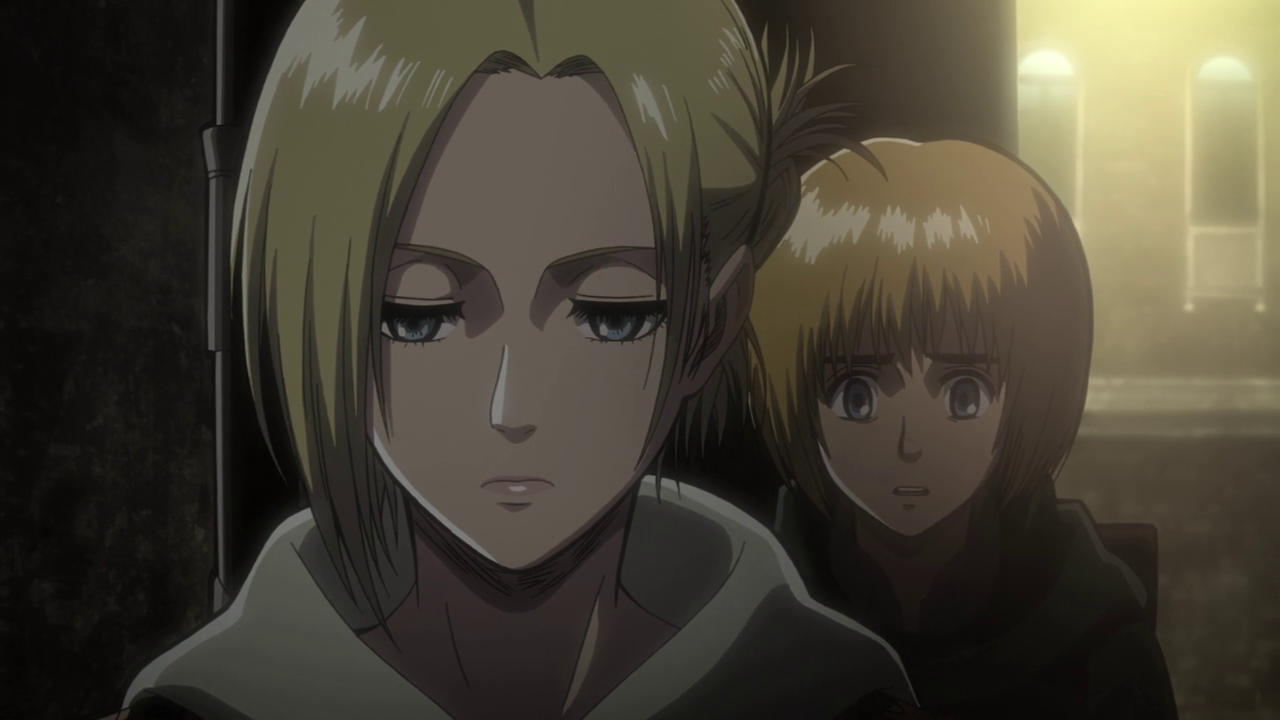
Mikasa, Armin, and Reiner represent characters in Attack on Titan who choose empathy over fear.
Armin & Mikasa
- Armin’s fascination with the outside world and his desire to learn about different cultures exemplify his open-mindedness and willingness to embrace others.
- Armin’s empathy is shown when he tries to reason with Bertholdt and Annie during the battle of Shiganshina; he also shows empathy towards the Marleyans during the final arc, suggesting that he has learned to see beyond the labels of “enemy” and “friend.”
- Mikasa, on the other hand, often acts as a moral compass, reminding others of their humanity even in the face of seemingly insurmountable challenges.
- Mikasa’s prioritization of protecting her loved ones is shown throughout the series, such as when she defends Eren from bullies in the beginning or when she chooses to stay behind and fight for her friends instead of fleeing to safety during the battle of Trost.
Reiner Braun
Reiner, one of the Marleyan Warriors, undergoes a personal transformation during the course of the series; as Reiner struggles with guilt and the weight of his past actions, his change of heart becomes apparent in the fourth season.
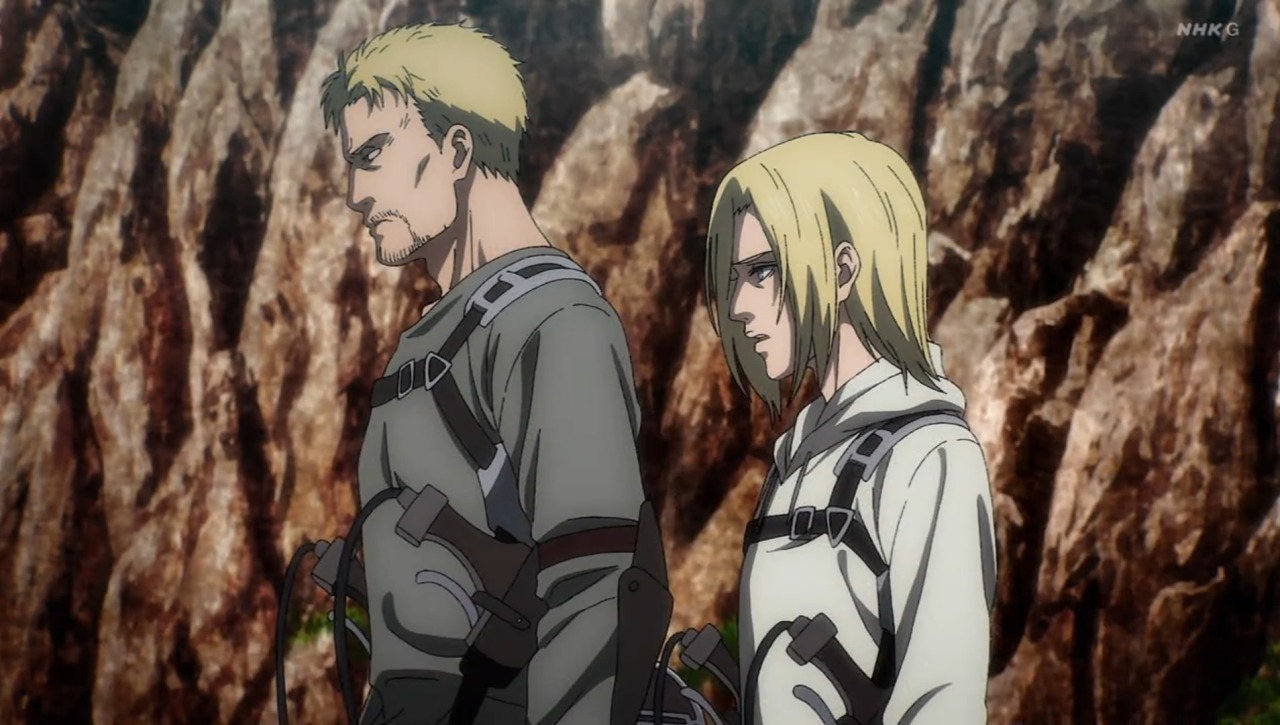
As an enemy at first, Reiner eventually comes to understand and empathize with the plight of the people of Paradis Island, and he ultimately joins them in the fight against The Rumbling. His transformation is evident when he apologizes to Falco for involving him in the conflict. This shows that he has realized the harm he has caused and is seeking to repair it.
As a result of Reiner’s redemption, we are given a glimmer of hope that even those who have caused tremendous harm may be able to change and work toward a better future.
How Does Attack On Titan (2013-2023) Deal With Freedom And Violence?
Attack on Titan demonstrates that freedom is a constant struggle and that the road to it is paved with difficult decisions and unforeseeable consequences. Freedom, however, should never be pursued at the expense of others’ lives or rights. There is no life without suffering and turmoil in some regard, as demonstrated by our own society.
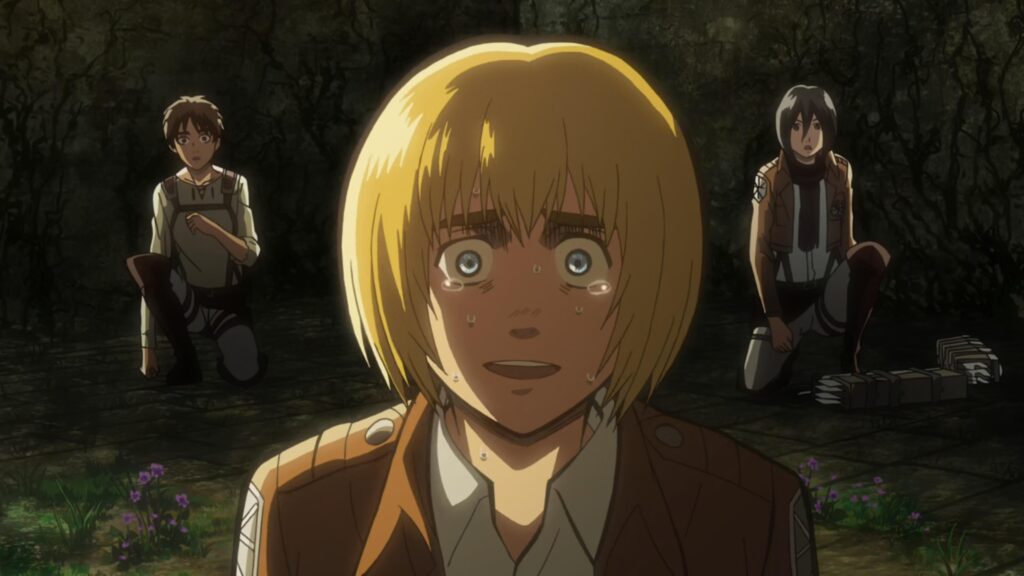
While The Rumbling reflects the darker aspects of human nature, Eren’s belief in the necessity of The Rumbling as the only path to freedom is ultimately proven wrong by the actions of those who strive for a unified world, showing that indiscriminate violence is not the answer to achieving freedom.
Our understanding of freedom and the choices we make in the name of freedom must be examined in the same way the characters in Attack on Titan wrestle with this complex ideal.
